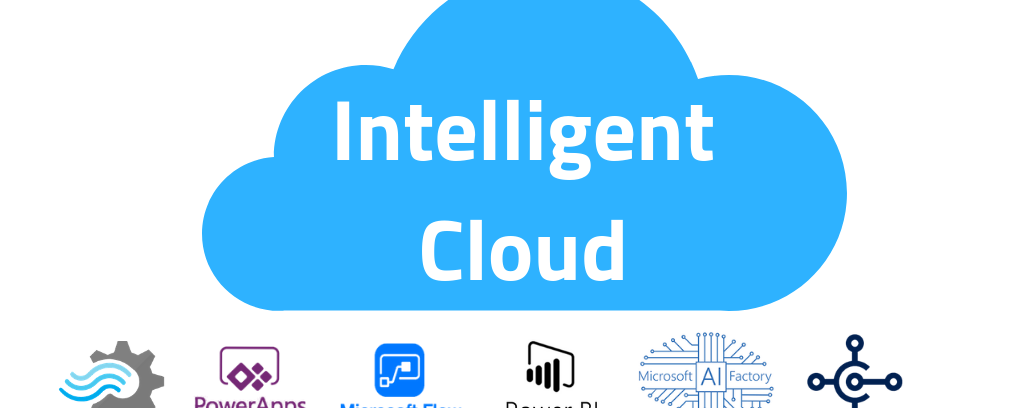What is Intelligent Edge? The Intelligent Edge concept is a new Microsoft slogan that promotes cloud solutions using artificial intelligence. Do you want to know more? Read our new article.
What does Intelligent Edge mean?
Microsoft distinguishes two concepts: Intelligent Cloud and Intelligent Edge.
Intelligent Cloud is ubiquitous computing provided by the cloud and driven by artificial intelligence (AI), working with almost every application and system.
Intelligent Edge is a collection of systems and devices that collect and analyze data based on Intelligent Cloud solutions. As a result, users get insight into processed data in real time using highly responsive applications.
On the group of devices that can be described as Intelligent Edge can be any device capable of processing algorithms locally, but additionally using cloud support to aggregate and process data. An example of such devices can be, for example, computers with Windows or workstations with the Dynamics system. In addition to PC devices, the “Smart Edge” technology can work on devices from the Internet of Things category, for example cash register connected to the cloud.
As a result, Intelligent Edge allows you to connect systems working locally with cloud solutions to which we can include:
- Business Central,
- Power BI,
- Web applications,
- PowerApps,
- Microsoft Flow,
- Artificial Intelligence (AI),
- Stream Analytics

Microsoft services / functionalities that use the Intelligent Edge
- Azure Cognitive Services,
- Azure Stream Analytics,
- Azure Bot,
- Cosmos DB,
- Azure Storage
Examples of functionalities:
- Image processing, intelligent identification and signing of graphics.
- Converting audio to text (Azure Cognitive Services).
- Information mapping – for recommendations or semantic search (Azure Cognitive Services).
- Bing search engine API, allowing you to search billions of pages, messages, graphics (Azure Cognitive Services).
- Natural language processing thanks to tonal analysis (Azure Cognitive Services).
- Data analysis from all IoT devices in real time. (Azure Stream Analytics).
- Creating dashboards in real time (Azure Stream Analytics).
- Faster software development thanks to an integrated environment with Microsoft Bot Framework connectors and BotBuilider SDKs (Azure Bot service).
- The use of a multi-modal database service created for the creation of super-fast applications thanks to Azure Cosmos DB.
Example: cash register with virtual assistant + recognition of natural speech
Advantech EIS-D210 Virtual Chatbot
Using Intelligent Edge, we can connect a PC with intelligent Microsoft services available in the cloud, eg face recognition service, which in combination with Azure Bot Service and Azure Cognitive Services allows you to buy products using commands issued with natural speech, eg (“coffee please, for take away”).
Example: weight + recognition of products
AOPEN + meldCX M-Intelligence
Another example is the use of machine learning technology to identify goods. We can, for example, put the product on a weight in a store and the device connected to the Azure cloud recognize type of the product was put on the weight.
Example: glasses + image transmission
Toshiba dynaEdge + Smart Glasses with Azure IoT Edge
Another innovative solution is to connect the computer with intelligent glasses (connected with machine learning). These types of glasses record the current course of events (through streaming video) and send the image to the Azure database (in Azure IoT Edge). Then the data is processed, thanks to which the employee automatically receives instructions and instructions on how to proceed (eg tips on processes on the production floor or information about products visible in the warehouse).
Sources:
- https://www.spidersweb.pl/2018/06/microsoft-intelligent-edge.html
- http://www.toshiba.pl/generic/dynaedge/
- https://www.techopedia.com/definition/32559/intelligent-edge
- https://azure.microsoft.com/en-us/overview/future-of-cloud/
